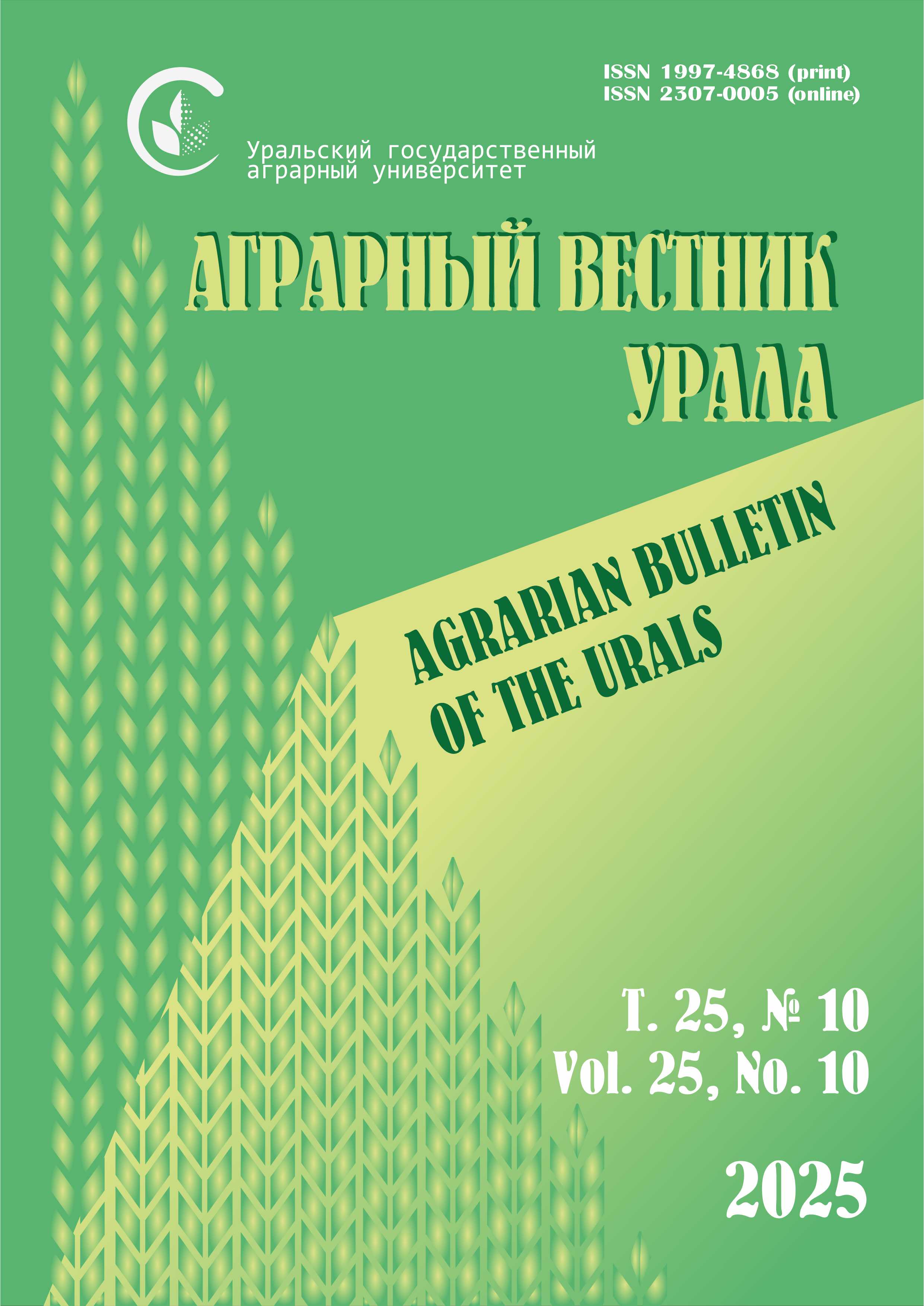Authors:
G. K. Bulakhtina
Precaspian Agrarian Federal Scientific Center of the Russian Academy of Sciences, Solenoe Zaymishche, Russia
E-mail: This email address is being protected from spambots. You need JavaScript enabled to view it.
Abstract. The purpose. the study is aimed at the introduction and adaptive assessment of perennial fodder plants from the collection of the Uzbek Research Institute of Karakul Breeding and Desert Ecology for use in the restoration of arid degraded pasture ecosystems in the semi-desert zone of southern Russia. Methods. An assessment was made of adaptive capabilities, including: response to drought, frost resistance, productivity, nutritional value of fodder shrubs of the families Chenopodiaceae, Fabaceae, Poaceae, Elaeagnaceae, Polygonaceae, Asteraceae from the collection of the Uzbek Research Institute astrakhan breeding and desert ecology in modern conditions of climate aridization on light chestnut soils of the Astrakhan region. Results. The studies were carried out in arid climatic conditions on infertile soils (humus content – 0.91–1.2 %). In the second year of vegetation, the plant height was 0.82–1.29 m, which will contribute to the retention of snow on the pasture. All studied fodder shrubs had a significantly high energy feed unit index ‒ 0.802–0.972 and a green mass yield of 5.7–38.7 t/ha, respectively, a smaller weight (5.7 t/ha) during the growing season was increased by Haloxylon aphyllum. Scientific novelty. All the studied introduced shrubs showed a high adaptive life potential in the arid semi-desert conditions of the study region, including high drought resistance, undemanding soil fertility, a long growing season (200–230 days) and high energy capacity, which exceeded the energy feed unit of the natural grass stand by 0.07–0.24. The use of these shrubs in the restoration of degraded pastures will increase their species diversity, productivity and nutritional value. All this will make it possible not only to increase the fodder capacity of reclaimed pastures, but also to improve their reclamation state, due to snow retention.
Keywords: desertification, semi-desert pasture ecosystems, fodder shrubs, nutritional value, productivity.
For citation: Bulakhtina G. K. Podbor kormovykh kustarnikov dlya restavratsii degradirovannykh polupustynnykh pastbishchnykh ekosistem [Selection of fodder shrubs for the restoration of degraded semi-desert pasture ecosystems] // Agrarian Bulletin of the Urals. 2023. No. 05 (234). Pp. 2‒13. DOI: 10.32417/1997-4868-2023-234- 05-2-13. (In Russian.)












